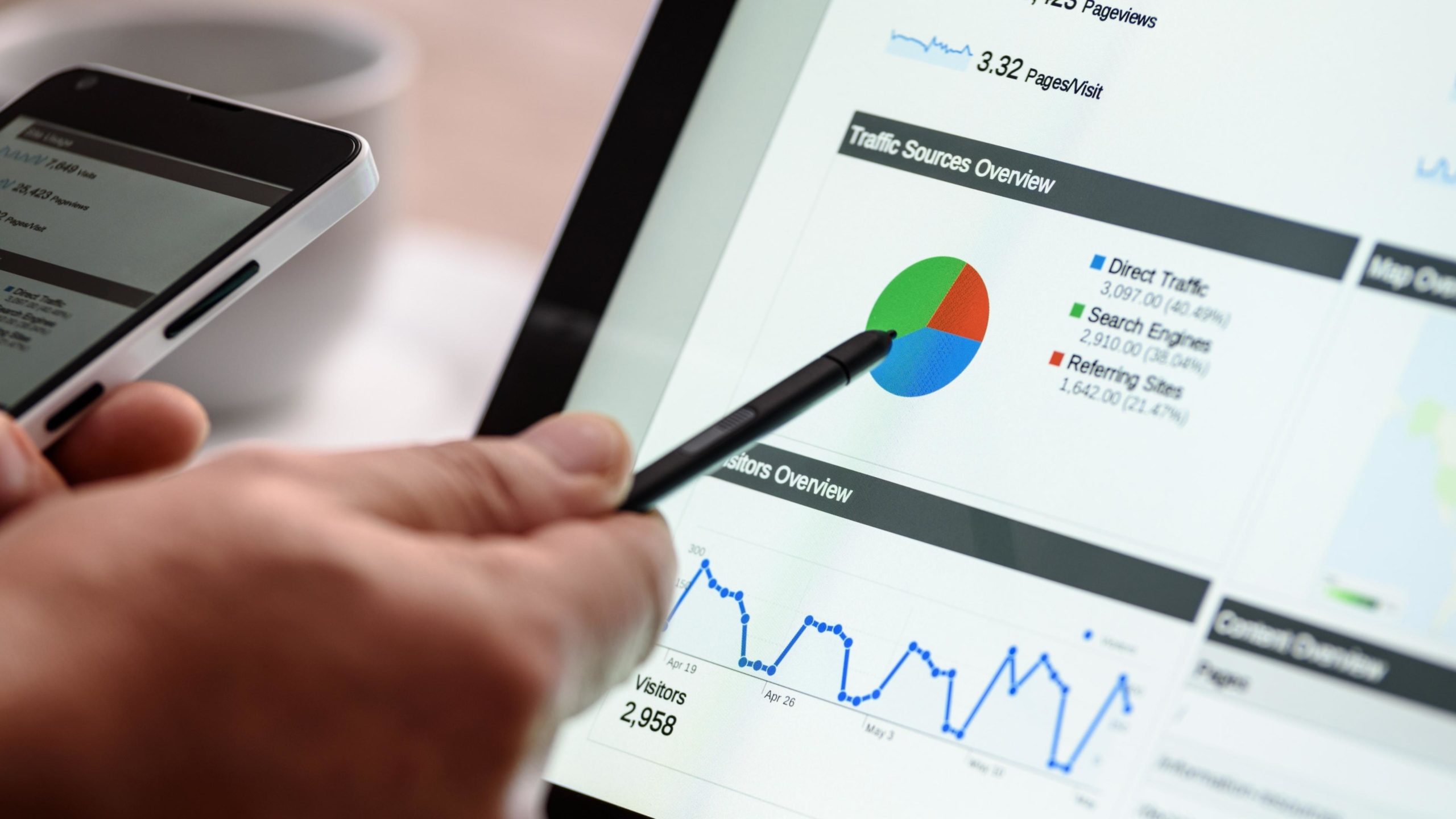
Over the last 5 years the ad spend on Facebook advertising has nearly quadrupled; In 2021, 2.9 billion dollars was spent on FB ads and platforms owned by FB.
Why exactly are business owners spending more on Facebook ads than ever before? Well, the answer lies in the results. Facebook advertising works, and it works to an unprecedented degree.
With Facebook’s 2.9 billion active monthly users, the opportunity to reach your ideal audience has never been greater. Whether you’re just getting started with Facebook ads, or you’re a seasoned veteran, the three topics we will cover in this article will help give you an advantage over the competition, because one thing is certain–you could have the greatest service in the world, but without positioning it in front of the correct audience, your business will take a turn for the worst.
A/B Split testing. What is it, and how does it work? Split testing is an essential piece to running a successful campaign. The goal of split testing is to test ad variables in order to see what positively impacts your results and what doesn’t.
This includes testing audiences, ad copy, ad creatives, call to action buttons, etc. Think back to science class in high school, when conducting an experiment, you had a control group and a testing variable which would allow you to compare multiple theories against each other.
Take the variable of a Facebook audience as an example. Let’s say you just released a new product or service that you think would be great for new mothers. In order to test this hypothesis, you would create an ad, click A/B Split test, and ONLY change the audience variable. Now you will have two, almost, identical ads; the only difference is their audiences. This will allow you to take note of which audience performed better.
Maybe, to your surprise, the ad directed towards a certain subgroup of interests, indirectly related to mothers, outperformed the one directed straight towards new mothers.
This data is invaluable in sculpting the perfect ad campaign. It’s important to remember that when testing variables to only test ONE at a time so that you know which one is affecting your ad results.
We get asked this question a lot. How much should I be spending on ads a month, or how much should I scale winning ad sets?
If this sounds like you, don’t worry, you’re not alone.
When it comes to creating an advertising budget there isn’t one size that fits all. There are multiple factors that need to be considered: what can you afford, how much revenue do you generate a month from ad spend, what is your cost per click (CPC). Like I said before, this isn’t a one size fits all kind of deal but allow me share what we do with our clients to get the best results possible.
First, we start small, with anywhere between 15 to 30 dollars a day, testing over a 4-day time span. This enables us to test multiple ads at a time.
Once we’ve found our “winning” ad sets by a certain metric (usually Cost per Lead), we scale them up by 2x-5x Cost per Lead over another 4-day time span. If there is a proof of concept, then we scale the ads to 5x-15x Cost per Lead and continuously run them as long as they are yielding results.
Copywriting can be one of the single most important tasks you undertake when creating an ad. How you speak to your audience determines whether you are truly resonating with them or not.
All niches and audiences are different, so it’s important to do some research and figure out how your specific target audience talks and what key words they use. Maybe you’re targeting people who work in an office, slumped over at a desk all day, or maybe you’re targeting young athletes, whose primary focus is on their sport.
Understanding how these two different audiences speak can make or break whether you’re able to reach them effectively and efficiently and really resonate with their problems.
Next, it’s vital that you TEST TEST TEST. Once you’ve done the research, you need to be constantly testing different combinations of words, phrases, and emojis.
Facebook offers a feature called dynamic creatives that enables you to input multiple lines of text that it will then automatically render into different combinations to see what works best with your audience. With our clients each audience is tested with 3 pictures, 4 pieces of copy, 3 headers, and 3 descriptions. Facebook’s algorithm over time, determines which combination resonates best with any given audience.